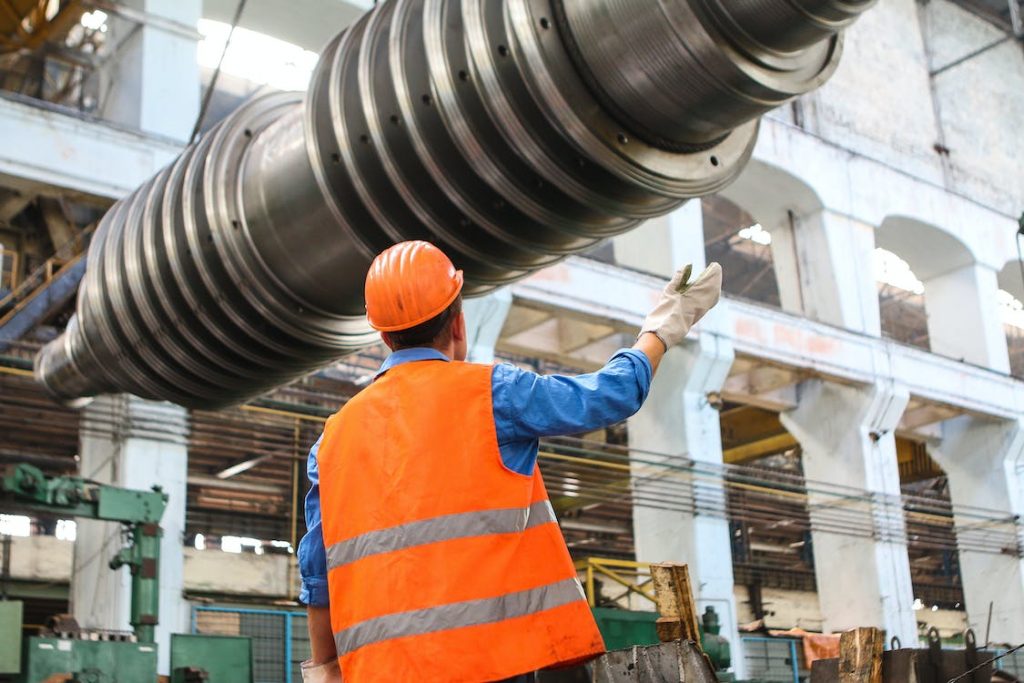EV Battery
Electric vehicle (EV) battery manufacturing involves the production of batteries specifically designed for use in electric vehicles. The process includes the production of battery cells, assembly of cells into battery packs, and integration of battery packs into vehicles. Key factors in EV battery manufacturing include the selection of battery chemistries, production processes, and the supply chain for raw materials. Some of the major players in the EV battery manufacturing industry include Tesla, Panasonic, LG Chem, and CATL.
Key Components of EV Battery
The key components of an Electric Vehicle Battery include:
Battery Cells: These are the individual units that store electrical energy and are connected together to form a battery pack. Each cell typically contains a positive and negative electrode, separated by a porous membrane, and an electrolyte solution.
Battery Management System (BMS): This is an electronic control unit that manages the operation of the battery pack, including monitoring the voltage, temperature, and state of charge of each cell, as well as balancing the charge and discharge of the cells to ensure optimal performance and longevity.
Cooling System or Thermal Management System (TMS): This is a system that helps regulate the temperature of the battery pack to prevent overheating and degradation of the cells. It typically includes cooling channels or a liquid cooling system.
Structural Casing: This is a rigid, protective casing that holds the battery cells together and provides physical support and protection for the battery pack. It is typically made from materials such as aluminum or composite materials.
Electrical Connectors: These are the components that connect the battery pack to the car’s electrical system, including the electric motor, charging port, and other components.
Together, these components work to store and deliver electrical energy to power the electric motor and other systems in the car. The specific design and materials used in an electric car battery can vary depending on factors such as the vehicle type, performance requirements, and cost considerations.
Structural Casing / Battery Casing
The structural casing of an electric car battery pack is an essential component that provides mechanical support and protection to the battery cells and other components. The casing is typically made from lightweight materials that offer high strength and durability, such as aluminum or composite materials.
The design of the casing can vary depending on the specific vehicle model and battery pack configuration, but it typically includes the following components:
1. Main frame: This is the main structure of the casing, which holds the battery cells in place and distributes the loads and stresses across the structure.
2. Side Panels: These are the panels that cover the sides of the battery pack, providing additional protection and support to the cells.
3. Top and Bottom Covers: These are the covers that seal the top and bottom of the battery pack, protecting the cells from external elements and providing a flat mounting surface for the battery.
4. Cooling Channels: These are channels or ducts that allow air or coolant to flow through the battery pack to regulate the temperature of the cells and prevent overheating.
5. Mounting Points: These are the points on the casing where the battery pack is mounted to the vehicle chassis, typically using bolts or other fasteners.
6. Access Points: These are openings or panels in the casing that allow access to the battery cells or other components for maintenance or repair.
The structural casing of an electric car battery pack is designed to withstand various types of loads and stresses, including vibration, impact, and thermal expansion. The casing is typically designed and tested to meet various safety standards and regulations, such as crash safety, fire safety, and environmental requirements.

Material for Structural Parts
Various materials can be used for the structural parts of an Electric Car, including:
Aluminum: Aluminum is a lightweight, corrosion-resistant material that is commonly used for the structural parts of electric cars, including the battery casing, body frame, and suspension components. It offers high strength-to-weight ratio and good stiffness, making it an excellent choice for reducing the overall weight of the vehicle.
Carbon Fiber Composites: Carbon fiber composites are lightweight, high-strength materials that offer superior stiffness and durability compared to aluminum. They are often used for the body panels and other structural parts of high-end electric cars to improve performance and reduce weight.
Steel: Steel is a strong, durable material that is commonly used for the structural parts of electric cars, including the body frame, chassis, and suspension components. It offers good crash resistance and is often used in combination with other materials to achieve a balance of strength, stiffness, and weight.
Magnesium: Magnesium is a lightweight, high-strength material that is often used for the structural parts of electric cars, including the body frame, suspension components, and steering system. It offers good corrosion resistance and is often used in combination with other materials to reduce weight.
Plastics: Plastics are lightweight, corrosion-resistant materials that are commonly used for the body panels and other non-structural parts of electric cars. They offer good design flexibility and can be easily molded into complex shapes.
The choice of material for various structural parts of an electric car depends on several factors, including the performance requirements, cost considerations, and design specifications. A combination of different materials may be used to achieve the desired balance of strength, stiffness, weight, and durability.


Aluminium Extrusion in EV Battery
Aluminum extrusion is a common manufacturing process used to produce various components of the structural casing for an electric car battery pack. Extrusion involves forcing a heated aluminum billet through a die with a specific cross-sectional profile to create a long, continuous length of the desired shape. This process is used to create complex shapes with consistent cross-sections and tight tolerances.
The advantages of using aluminum extrusion for the structural casing of an electric car battery pack include:
1. Lightweight: Aluminum is a lightweight material, and using extrusion allows for the creation of complex shapes with thinner walls, reducing the weight of the final product.
2. High Strength: Aluminum extrusions have high strength-to-weight ratios and can be designed to meet the specific strength requirements of the structural casing.
3. Design Flexibility: Extrusion allows for the creation of complex shapes and profiles with consistent cross-sections, enabling the design of the structural casing to be tailored to the specific requirements of the battery pack.
4. Corrosion Resistance: Aluminum is a naturally corrosion-resistant material, which reduces the need for protective coatings or treatments.
5. Cost-effective: Extrusion is a cost-effective manufacturing process, allowing for the creation of high-quality components at a lower cost compared to other manufacturing methods.
Overall, the use of aluminum extrusion in the manufacturing of the structural casing for an electric car battery pack offers several benefits, including weight reduction, strength, design flexibility, corrosion resistance, and cost-effectiveness.
Aluminum extrusion can be used to manufacture several components of the structural casing for an electric car battery pack. Some examples of parts that can be made by extrusion include:
Frame: The main frame of the structural casing can be extruded as a long, continuous length with a specific cross-sectional profile. The profile can be designed to provide the required strength and stiffness to support the weight of the battery pack.
Side Panels: The side panels of the structural casing can also be extruded as long, continuous lengths with specific cross-sectional profiles. These panels can be designed to provide the required strength and stiffness while also incorporating features such as mounting points for the battery cells and cooling system components.
Covers: The covers of the structural casing, which protect the battery cells and provide access for maintenance and repairs, can also be extruded. These covers can be designed with specific features such as channels for wiring and connectors.
Brackets and Mounting Points: Extrusion can also be used to create brackets and mounting points for the various components of the battery pack, such as the cooling system and electrical connectors. These brackets and mounting points can be designed to provide the required strength and stiffness while also reducing the weight of the overall assembly.
Overall, the use of aluminum extrusion in the manufacturing of the structural casing for an electric car battery pack provides several benefits, including the ability to create complex shapes and profiles, design flexibility, and cost-effectiveness.
Stamping is another manufacturing process that can be used to create various components of the structural casing for an electric car battery pack.



